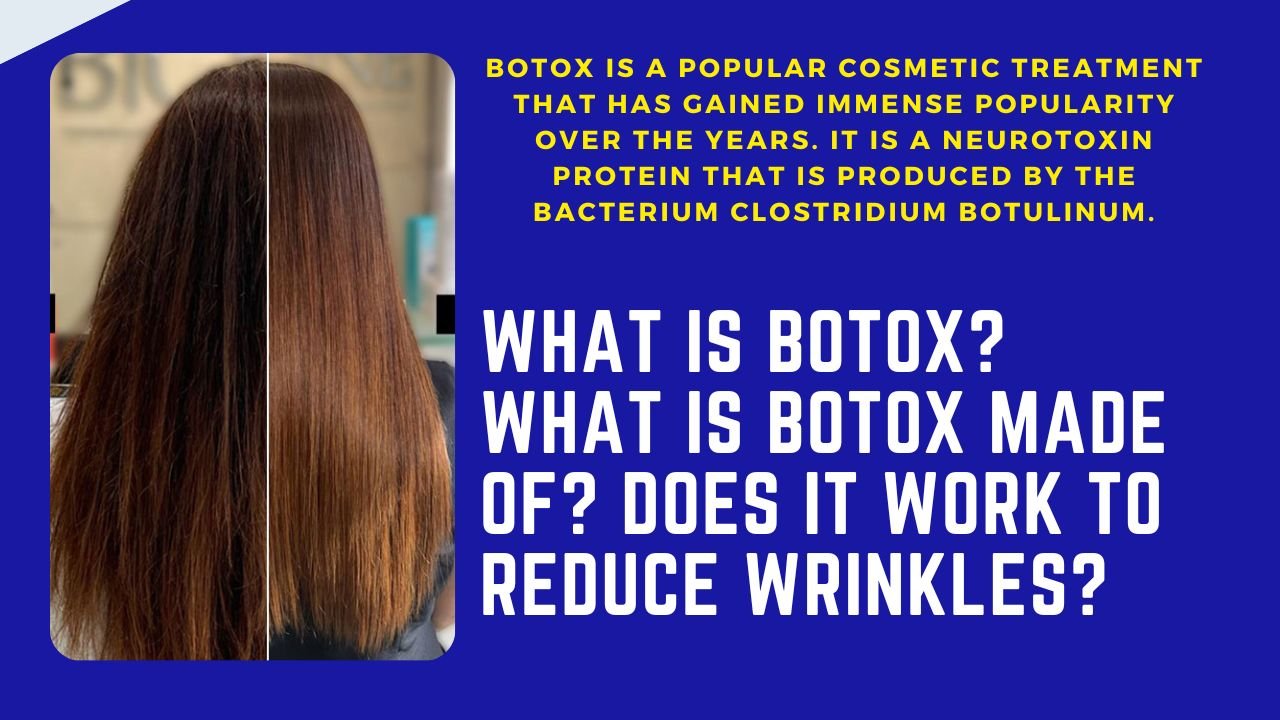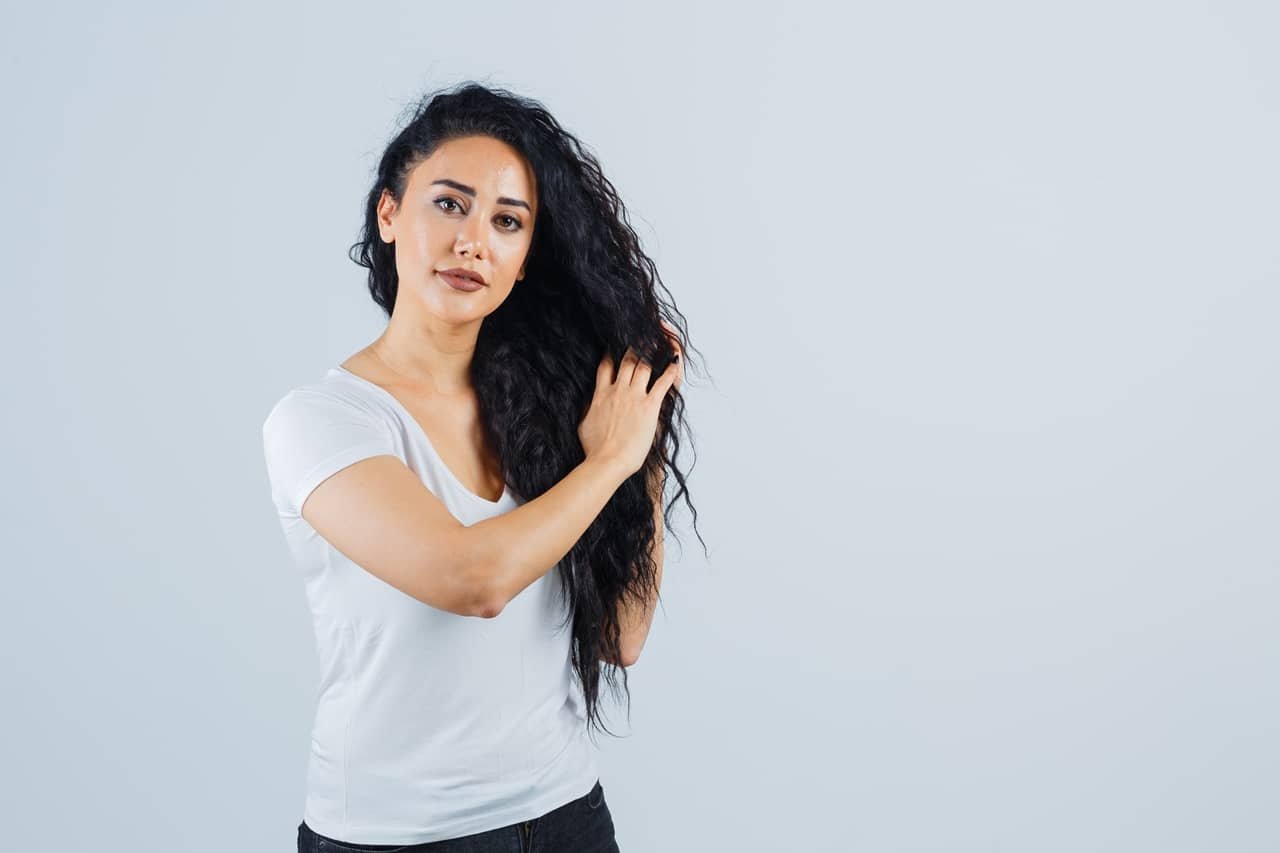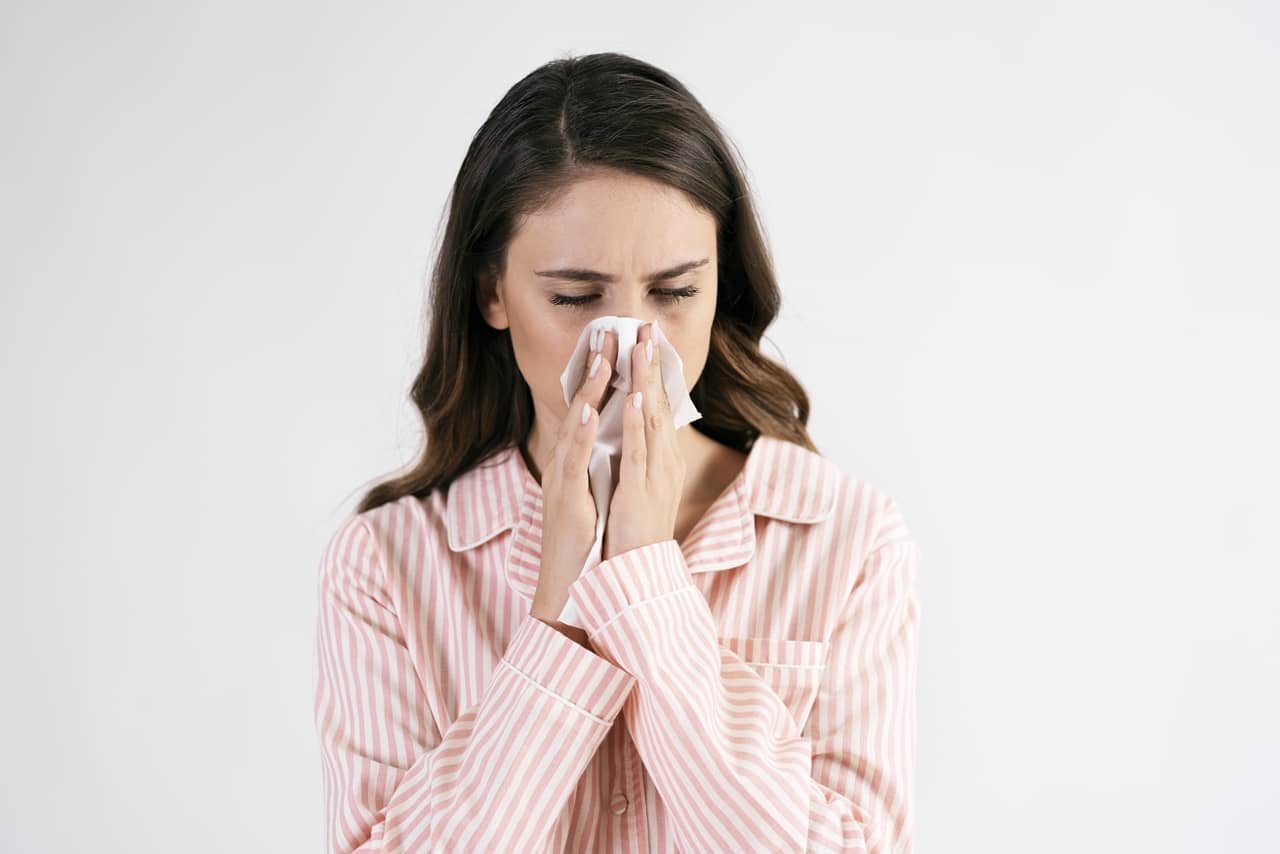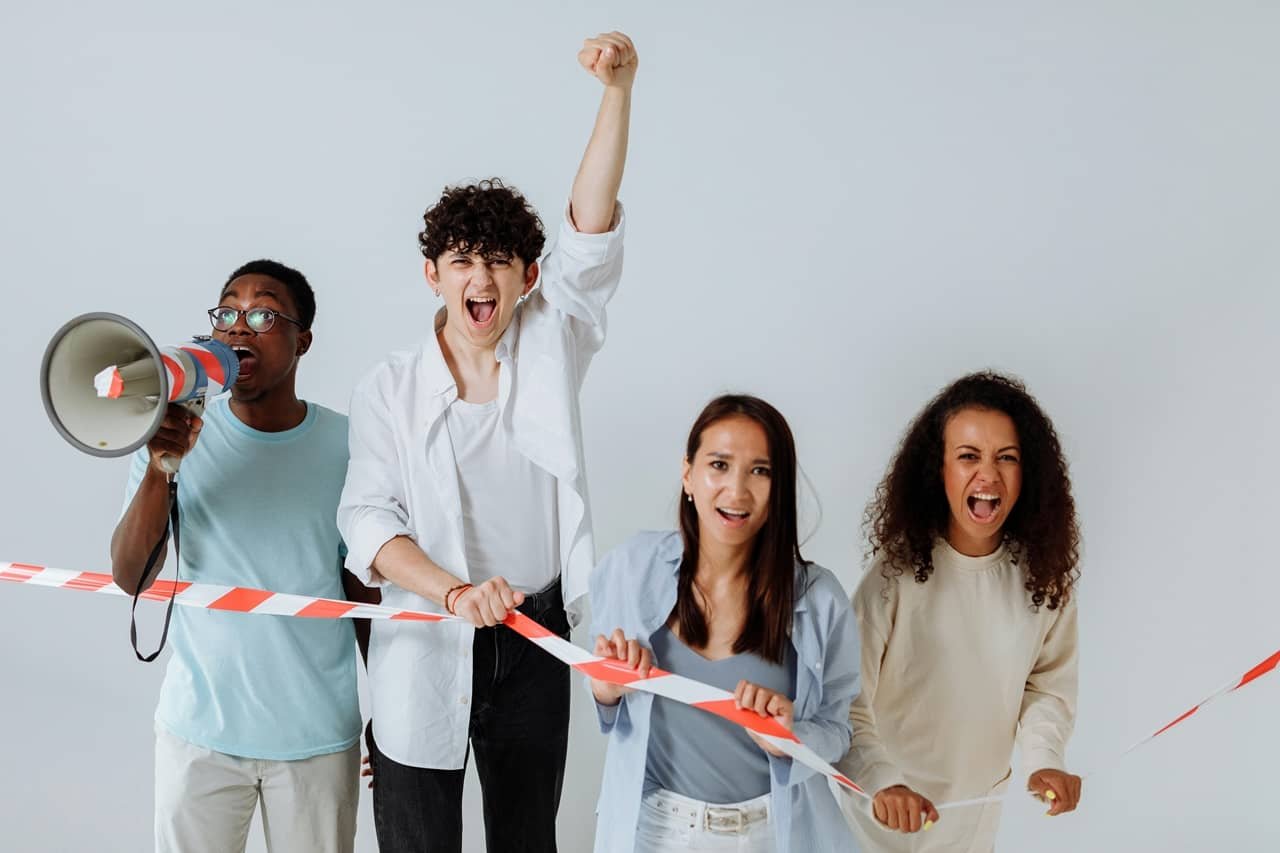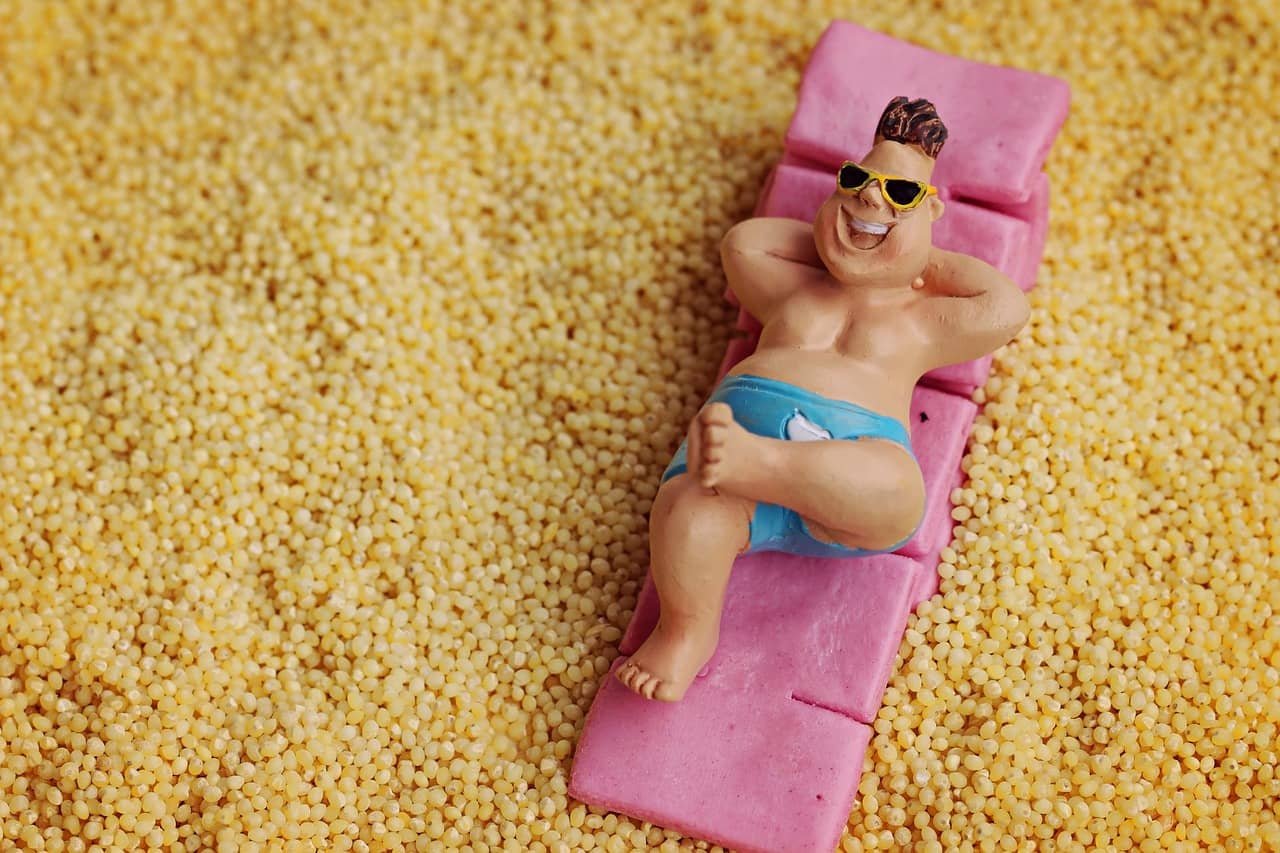Botox is a popular cosmetic treatment that has gained immense popularity over the years. It is a neurotoxin protein that is produced by the bacterium Clostridium botulinum. Botox works by reducing the muscle activity that causes wrinkles and fine lines. In this article, we will explore what Botox is and how it works to reduce wrinkles.
What is Botox?
Botox is a non-surgical cosmetic treatment that is used to reduce wrinkles and fine lines. It is an injectable treatment that is derived from the bacterium Clostridium botulinum. Botox is a neurotoxin protein that works by blocking the signals that cause muscle contraction. When the muscles are relaxed, the wrinkles and fine lines are reduced, resulting in smoother and younger-looking skin.
What Is Botox Made Of?
What Does Botox Do?
What Not To Do After Botox?
- Avoid Touching the Injected Area: Refrain from touching, rubbing, or applying pressure to the treated area for at least 24 hours after the procedure. This helps prevent the toxin from spreading to unintended muscles.
- Avoid Strenuous Physical Activities: Refrain from engaging in vigorous exercise or activities that involve heavy lifting for the rest of the day after the treatment. Elevated heart rate and increased blood circulation might spread the toxin to unintended areas.
- Stay Upright: Avoid lying down or bending over for the first few hours after the procedure. This helps prevent the Botox from migrating to other areas of your face.
- Avoid Alcohol: Steer clear of alcoholic beverages for at least 24 hours after the injection. Alcohol can dilate blood vessels, potentially leading to bruising at the injection site.
- Skip Saunas and Hot Baths: Avoid hot environments such as saunas, hot tubs, and steam rooms for the first 24 hours. Heat can increase blood flow, potentially causing the Botox to spread.
- Be Cautious with Skincare Products: Avoid aggressive skincare treatments, facial massages, or facials for the next 24 hours. Also, skip exfoliating products to prevent irritation.
- Avoid Blood Thinners: Refrain from taking medications or supplements that thin the blood (like aspirin, ibuprofen, fish oil, and Vitamin E) for a few days after the procedure. This reduces the risk of bruising.
- Be Mindful of Your Sleeping Position: Try to sleep on your back and keep your head elevated for the first night after the treatment. This reduces the risk of the toxin spreading to unintended areas.
- Avoid Facial Expressions: While this might be challenging, try to limit extreme facial expressions, especially in the treated area, for the first few hours after the injection.
- Follow Up with Care: Attend any scheduled follow-up appointments and adhere to the post-treatment care instructions provided by your healthcare provider.
Always consult with your healthcare provider for specific post-Botox care instructions tailored to your individual needs and health condition.
Botox works by blocking the nerve signals that cause muscle contraction. When Botox is injected into the muscles, it blocks the release of acetylcholine, which is a neurotransmitter that triggers muscle contraction. This results in the relaxation of the muscles, reducing the appearance of wrinkles and fine lines.

Botox is most commonly used to treat the following areas:
- Forehead lines: Botox can be used to reduce the appearance of horizontal lines that form on the forehead.
- Frown lines: Botox can be used to reduce the appearance of vertical lines that form between the eyebrows.
- Crow’s feet: Botox can be used to reduce the appearance of fine lines that form around the eyes.
The effects of Botox typically last for 3-4 months, after which the treatment needs to be repeated.
Is Botox Safe?
Botox is generally considered safe when administered by a qualified healthcare professional. However, like any medical treatment, Botox does carry some risks. Some of the common side effects of Botox include pain, swelling, and bruising at the injection site, as well as headaches and flu-like symptoms. In rare cases, Botox can cause more severe side effects, such as muscle weakness and difficulty swallowing.

It is important to consult with a qualified healthcare professional before undergoing any cosmetic treatment. They can assess your individual needs and determine if Botox is right for you.
Botox is a non-invasive, quick, and convenient way to reduce the appearance of wrinkles and fine lines. It is a popular choice for people who want to improve their appearance without undergoing surgery or experiencing significant downtime.
Botox injections are typically performed in a healthcare professional’s office, and the procedure takes just a few minutes. The healthcare professional will use a thin needle to inject the Botox into the targeted muscles. You may experience some mild discomfort during the injection, but the procedure is generally well-tolerated.
After the injection, you may experience some swelling, redness, or bruising at the injection site. These side effects are generally mild and should subside within a few days. You can resume your normal activities immediately after the procedure, although you should avoid strenuous exercise and rubbing the injection site for at least 24 hours.
Botox is a highly effective treatment for reducing the appearance of wrinkles and fine lines. It is particularly effective for treating wrinkles and fine lines that are caused by muscle activity, such as frown lines and crow’s feet. Botox can also be used to treat other conditions, such as migraines, excessive sweating, and muscle spasms.
In conclusion, Botox is a safe and effective way to reduce the appearance of wrinkles and fine lines. It works by blocking the nerve signals that cause muscle contraction, resulting in the relaxation of the muscles and the reduction of wrinkles and fine lines. If you are considering Botox, it is important to consult with a qualified healthcare professional to determine if it is right for you. With proper administration, Botox can provide a natural-looking, more youthful appearance that can help boost your confidence and self-esteem.
How Long Does Botox Last?
The effects of Botox typically last for about 3-4 months. However, the duration of the results can vary depending on several factors, such as the individual’s age, skin type, the area being treated, and the amount of Botox injected. In some cases, the effects of Botox may last longer or shorter than the average duration.
When the effects of Botox begin to wear off, the muscles gradually regain their ability to contract, and the wrinkles and fine lines may reappear. To maintain the results, you will need to repeat the treatment every few months.
It is important to note that the effects of Botox are temporary and that the treatment does not provide permanent results. However, with regular maintenance treatments, you can achieve long-term wrinkle reduction and maintain a more youthful appearance.
Conclusion
Botox is a popular cosmetic treatment that is used to reduce wrinkles and fine lines. It works by blocking the nerve signals that cause muscle contraction, resulting in the relaxation of the muscles and the reduction of wrinkles and fine lines. Botox is generally considered safe when administered by a qualified healthcare professional, but it does carry some risks. If you are considering Botox, it is important to consult with a qualified healthcare professional to determine if it is right for you.
- The Benefits of Applying Curd On Hair
- Top 11 Hair Transplant Clinics in Chandigarh: Expertise and Excellence in Restoring Your Hair
- Natural White Hair Treatment at Home for Premature Graying
- What Are The Main Reason For Hair Fall In Male?
- How To Stop Hair Fall Immediately at Home for Male and Female
- Is Nanoplastia Better Than Keratin? Check Nanoplastia vs. Keratin Study
- What is Botox? What Is Botox Made of? Does It Work to Reduce Wrinkles?
- Top 10 Hair Clinics in Guwahati for Effective Hair Care Solutions
- Transform Your Hair with Traya Hair Treatment: A Personalized Approach to Healthy Hair Growth
- Botox Hair Treatment: What is it and How Does it Work?
